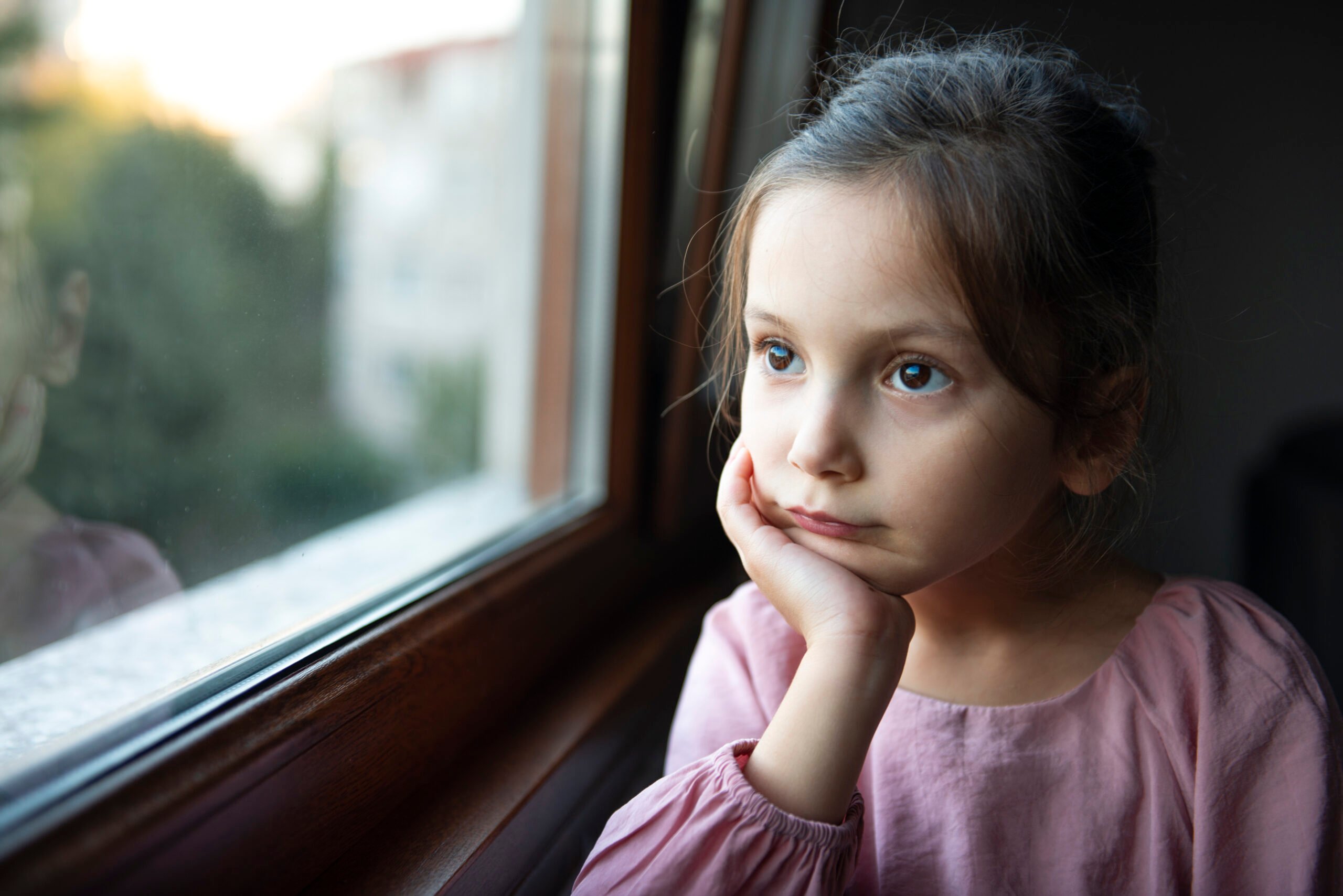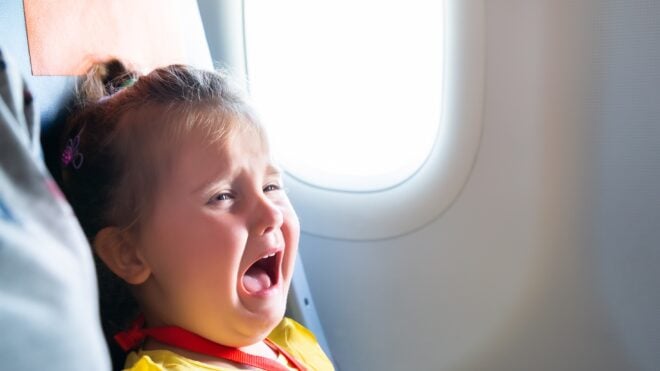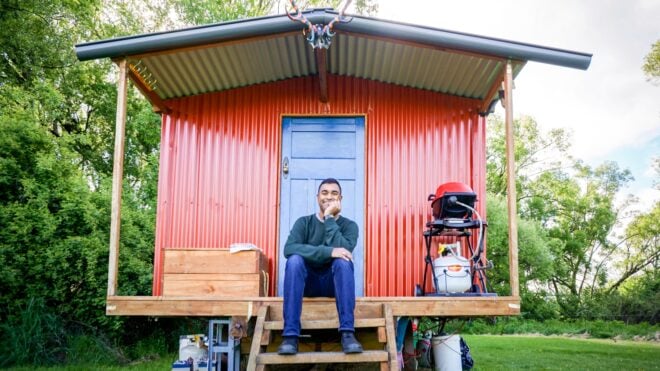
I’ve been anxious my entire life. When I was 3 years old, I remember waking up at dawn to hear my dad’s tires leaving our gravel driveway. I would pray that he would make it to work safely, not getting in a car accident on the way.
In grade school, a few of my classmates would clutch the bathroom wall stall, letting their feet dangle. I thought it looked fun and gave it a try. The teacher walked in just at that moment, and my heart pounded. She lectured me on making good choices and threatened to send me to the principal. I spent the rest of the day agonizing over my “bad” action.
My mom took me to the doctor when I was in middle school
They ran all sorts of tests, mostly trying to figure out all my digestive problems. The doctor, frustrated with the lack of a clear-cut answer, told my mom that she should just get me a punching bag so I could work out my stress. The he walked out the door, exasperated with me, a girl who just needed to get herself together.
These were just two of my thousands of anxious moments. The first time I had a panic attack, I was in my senior year of college, driving home from my last class of the day. I had to pull over, certain I was having a heart attack.
Why did it take me 30 years to be properly diagnosed with generalized anxiety disorder?
I think part of the problem is that there was little awareness of anxiety and how it manifests in children. Though I was labeled a “worry wart” and told I needed to “take a chill pill” for most of my life, no one actually helped me. I felt there was something wrong with me, at my core. I had no idea that mental health disorders went beyond the “crazy” stereotypes and stigmas so often presented in movies.
I can’t recall ever telling my parents or teachers that I was anxious. That wasn’t a word in my vocabulary bank. Instead, my anxiety manifested as stomachaches, inward panic, and negative self-talk, and the need to be hypervigilant in order to prevent anything bad from happening. On the outside, I was a good student, a responsible daughter and sister, and quite driven to meet my goals. On the inside, I was tortured, confused, and invalidated.
When I was finally diagnosed with GAD around age 30, I felt nothing but relief
I finally had an answer. Nothing was “wrong” with me as a person, and in fact, anxiety is fairly common, especially in females. Once I had a diagnosis, I was able to move forward with management. I researched my options, and I pursued them.
What I learned from my childhood, teenage years, and 20s is that it’s very important that parents listen to their children’s complaints and observe their non-verbal responses. A child isn’t likely to announce “I have anxiety.” Instead, they’re going to have headaches, insomnia, perfectionism, stomach issues, and that look in their eyes that something is seriously awry. They will try to avoid anxiety-inducing situations such as attending school, participating in activities, or trying to make friends.
Telling an anxious child to just “chill out” or “calm down” does nothing. They need support, encouragement, and teaching. They need empathy, and they need professional help. The lack of validation I received as a child was one reason why it took me so long to get help as an adult. The messages I received was that my anxiety was a problem — one to be ignored, dismissed, or shushed. I should be able to will myself into a state of zen, everyone conveyed.
I’m now 40, and I still live with anxiety
However, I have amazing resources that have helped me learn to manage my anxiety. I absolutely regret that I spent 30 years without a diagnosis, though I think that parents and society have come far. I truly believe that today’s children are more quickly and properly diagnosed and helped, mostly because their parents are more aware.




